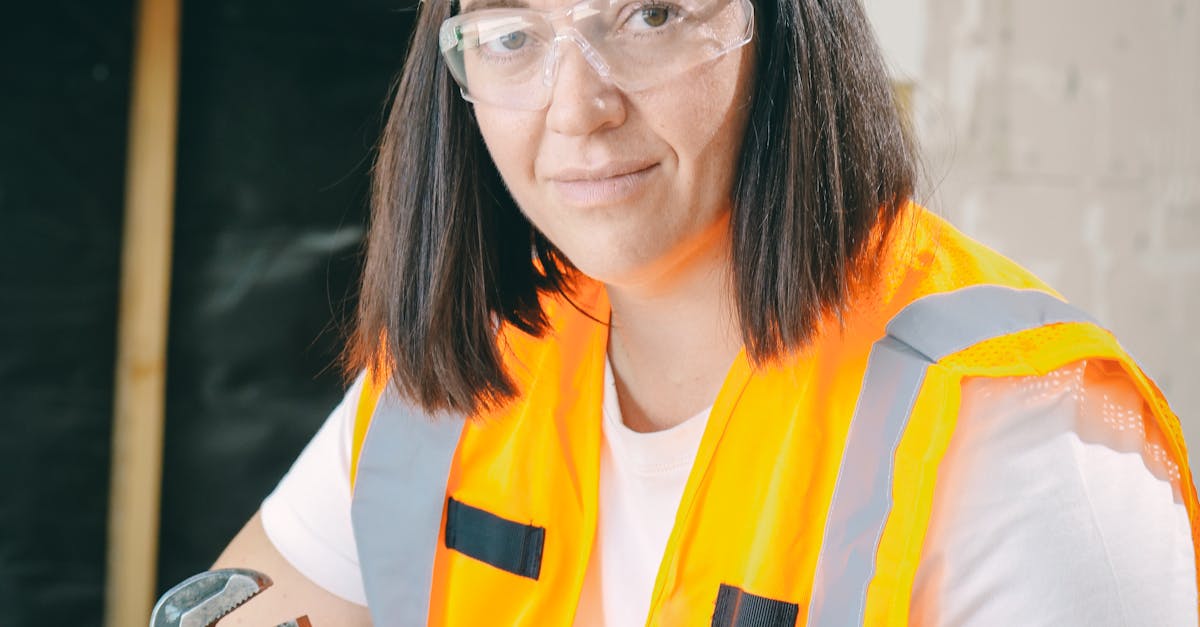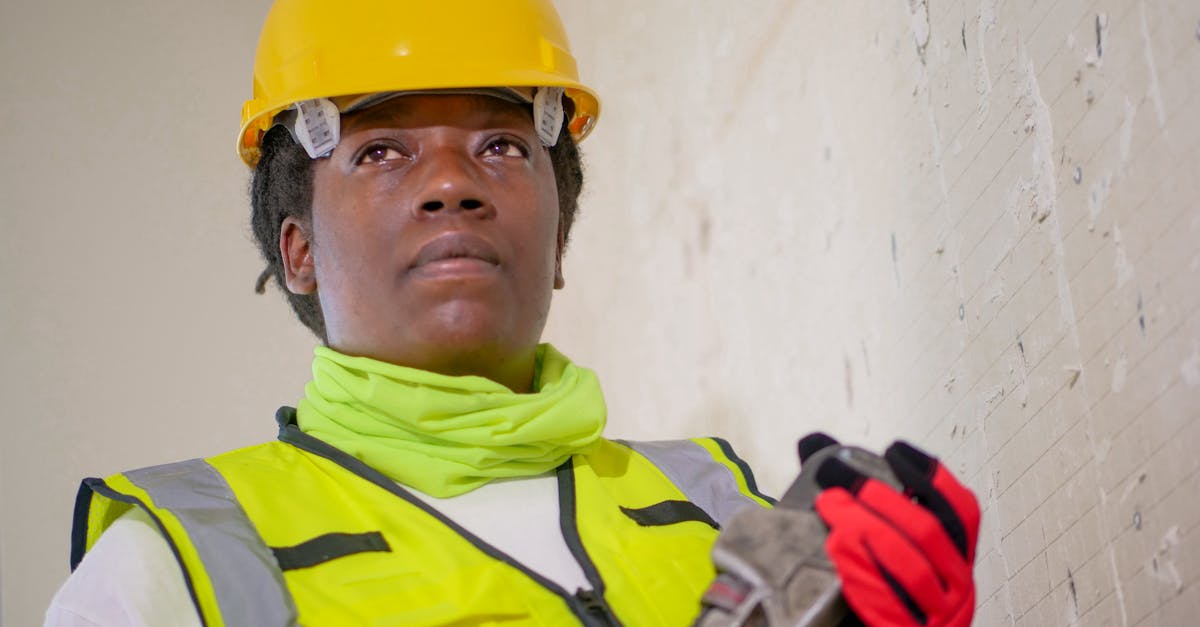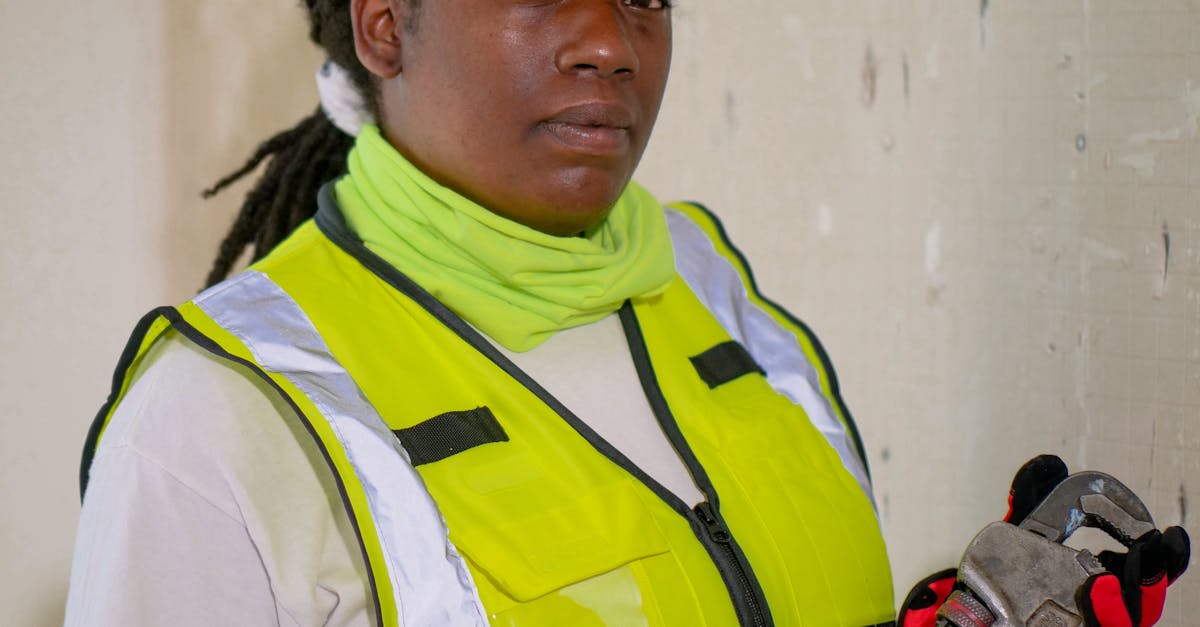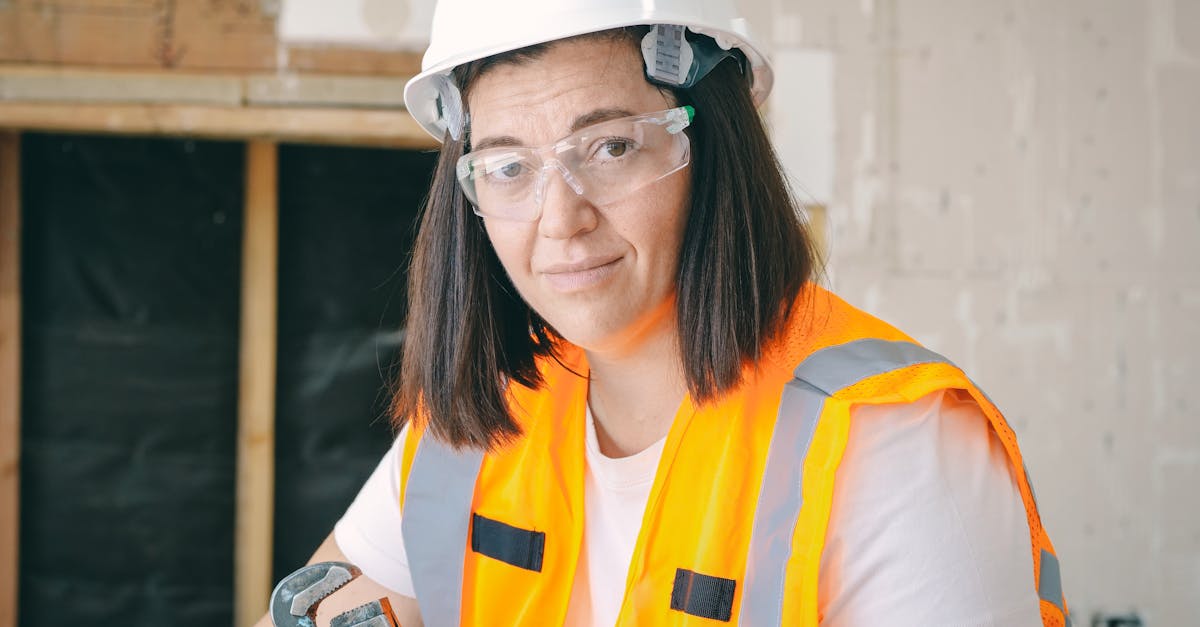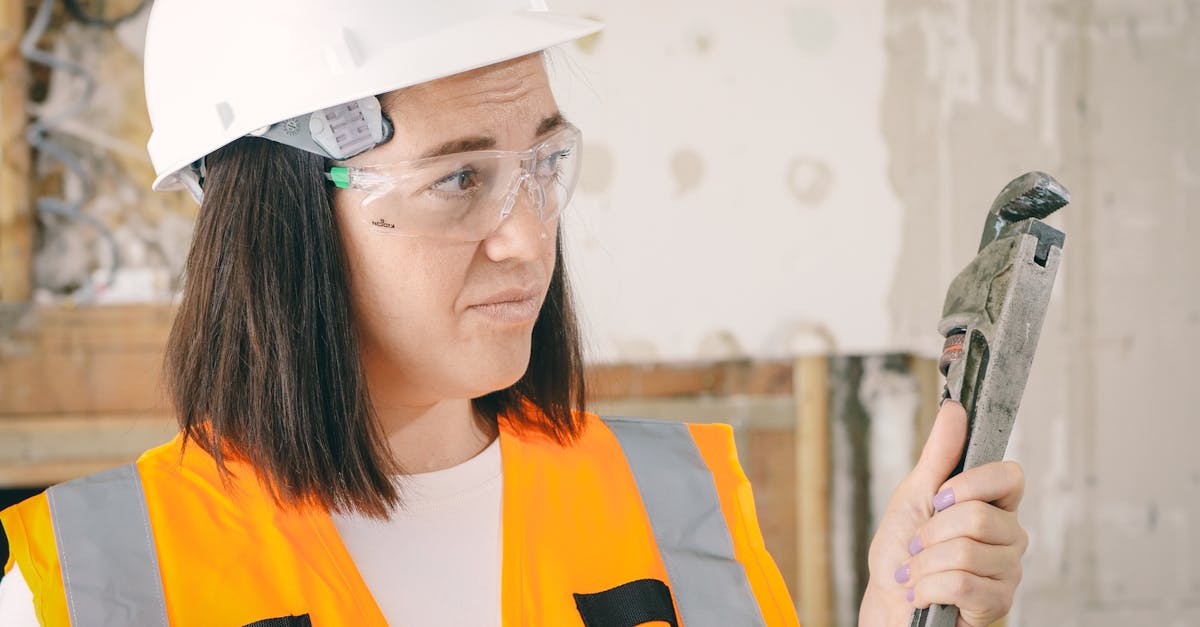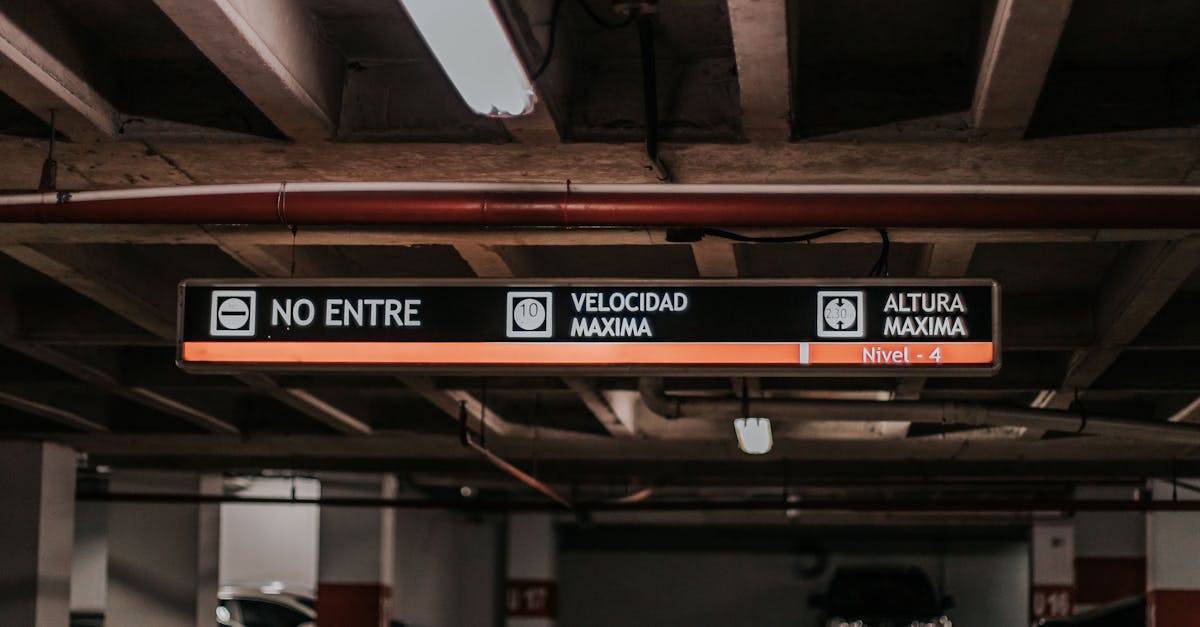
Table Of Contents
Common Sink Installation Challenges
Installing a sink can present various challenges, ranging from plumbing issues to alignment problems. Poor access to plumbing connections often complicates the process. If there are existing pipes that need adjustments, this adds an extra layer of difficulty. Sink installation and repair may require the expertise of a professional to handle these obstacles effectively.
Another common challenge is ensuring proper sealing to prevent leaks. An improperly installed sink can lead to water damage over time, resulting in costly repairs. This concern becomes more pressing when working with different types of materials, as some require specific handling techniques. Relying on a plumber familiar with sink installation and repair can mitigate these risks and ensure a job well done.
Recognising Potential Issues
When contemplating sink installation and repair, it is crucial to recognise the potential issues that might arise during the process. One common problem involves improperly aligned pipes, which can lead to leaks and water damage. Additionally, insufficient space beneath the sink can make it challenging to accommodate plumbing fixtures and connections. Homeowners should also be aware of their existing plumbing layout, as modifications may be required to ensure a proper fit for the new sink.
Another potential issue relates to the weight and design of the chosen sink. A heavy model may necessitate additional support, particularly if it is a farmhouse or natural stone type. If the new sink has different drainage requirements, existing plumbing might need to be altered, complicating the installation further. Properly assessing these factors before commencing any work can save both time and money, allowing for a smoother installation experience.
Types of Sinks and Their Complexity
Selecting the right type of sink can significantly influence the complexity of installation. Different styles, such as undermount, top-mount, and farmhouse sinks, come with varying requirements and challenges. For instance, an undermount sink may necessitate careful measurements to ensure a seamless fit beneath the countertop. The materials used can also add to the intricacy, with heavier options demanding additional support and proper installation techniques.
Sink installation and repair often require an understanding of plumbing systems and proper fitting techniques, especially with more advanced models like vessel sinks or integrated sink-and-countertop designs. These options can involve specific installation methods that may be outside the scope of a typical DIY project. Homeowners should assess their skill level and the complexities associated with the chosen sink style before deciding whether to hire a professional.
Evaluating Different Sink Styles
When considering sink styles, it's important to recognise the various designs available, each offering unique features. Undermount sinks provide a sleek, seamless look that pairs well with solid surface countertops. Farmhouse sinks, or apron fronts, have gained popularity for their rustic charm and generous basin size. Drop-in sinks, on the other hand, are easy to install, making them a go-to option for those seeking a straightforward solution.
Choosing the right style can also affect sink installation and repair. Some designs may require modifications to cabinetry or plumbing, which can complicate the installation process. Additionally, certain materials and finishes can impact maintenance requirements. Assessing personal preferences, kitchen layout, and the expertise needed for installation will help in making an informed decision that suits both aesthetics and practicality.
Local Regulations and Codes
Local regulations and building codes play a crucial role in sink installation and repair. These rules are designed to ensure safety and proper function in plumbing systems. Many municipalities require specific permits for plumbing work, including installations. Compliance with these regulations helps avoid potential fines and ensures that the work is completed to a standard that meets local health and safety requirements.
Before proceeding with a sink installation, it is essential to be familiar with any local guidelines that may apply. This includes understanding the regulations regarding water supply connections, drainage configurations and any necessary inspections. Familiarity with compliance requirements can save homeowners from complications later, ensuring that the installation is not just functional but also legally compliant.
Understanding Compliance Requirements
Compliance with local regulations and building codes is crucial when it comes to sink installation and repair. These regulations may vary depending on the state or territory, and following them ensures the safety and efficiency of the plumbing system. Homeowners should be aware that certain permits may be required for installation or extensive renovations. Consulting with a licensed plumber who is familiar with local laws can help navigate these requirements effectively.
Understanding the specific compliance requirements not only protects the homeowner but also maintains the property’s value. Incorrectly installed sinks could lead to plumbing failures, causing costly damage. Compliance checks often cover aspects such as pipe sizes, drainage requirements, and materials used in the installation. Hiring a professional who knows these regulations can provide peace of mind and ensure that the sink installation and repair meet all necessary standards.
FAQS
What are the common challenges faced during sink installation?
Common challenges include dealing with existing plumbing issues, ensuring proper sealing to prevent leaks, and fitting the sink into the available space. It can also be difficult to align the sink with the drain and faucet.
Are all types of sinks equally easy to install?
No, different types of sinks vary in complexity. For instance, a drop-in sink may be easier to install than an under-mount sink, which requires precise measurements and more advanced plumbing skills.
What local regulations should I be aware of when installing a sink?
Local regulations often vary by state or territory, but they typically include plumbing codes that dictate installation standards, materials used, and safety requirements. It’s essential to check with your local council or regulatory authority.
Can I install a sink myself to save money?
While it is possible to install a sink yourself if you have the necessary skills and tools, it's often recommended to hire a plumber. Professional plumbers can ensure proper installation, compliance with local codes, and avoid potential costly mistakes.
How do I know if I need a plumber for my sink installation?
If you are unsure about your plumbing skills, encounter complex plumbing configurations, or are installing a sink that requires modifications to existing plumbing, hiring a plumber is advisable to ensure a safe and efficient installation.




